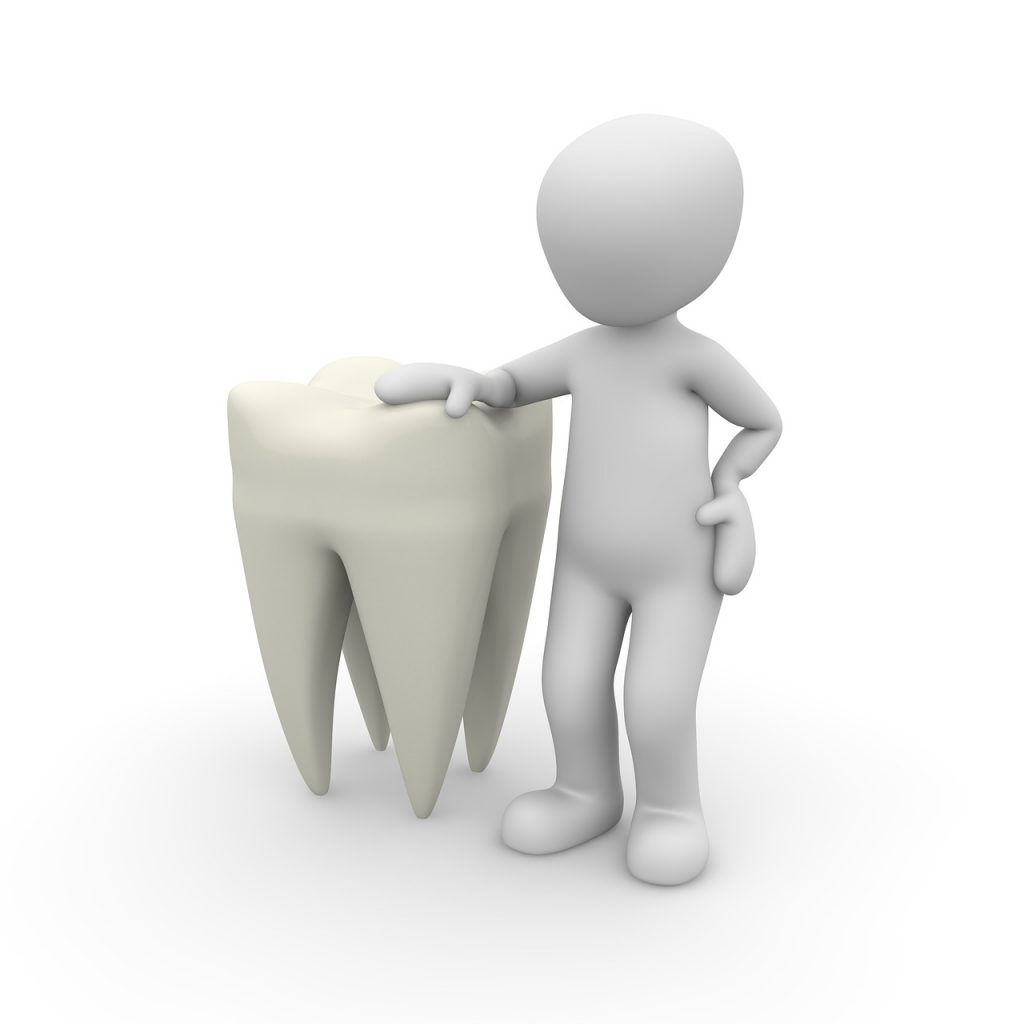The dental implant in a few words

Implantology is the branch of dentistry dedicated to dental implants. A sector in full development, very well understood by surgeons specialized.
Today, implants can help to correct many dental problems, leading to a comfortable functional and aesthetic results well-known for patients, while providing a very good tolerance, by avoiding the inconveniences associated with removable dentures and maintaining the bone structure. Zoom in on the dental implant.
What is the implant ?
The dentist is considering an implant if the patient has one or more missing teeth. Thus, an implant may be recommended to fill a space, replace a crown defective or some of the teeth to be extracted. A natural tooth consists of two parts : the crown, that is to say the visible part of the tooth and the root, in the bone of the jaw, under the gums. The dental implant itself is registered as an artificial root inserted into the jaw bone and are very often presents in the form of a screw composed of titanium (or titanium alloy), compatible with the bone of the jaw, as explained here.
The main principles of implantology
Implantology is based on osseointegration, that is to say, the fusion between the bone and the implant. This fusion is possible because of the physical characteristics of titanium, which is compatible with the human body. At the end of a few weeks, the cells of the bones fuse naturally with the implant. In addition, titanium is a material extremely resistant, able to stand the pressure of chewing.
It happens that, when a tooth is lost, the part of the bone that was wearing this tooth is missing, requiring a rebuild. If the quantity of bone is insufficient, the dentist uses surgical techniques, either during a prior intervention, either at the same time that the session of implant placement.

During the phase of dental surgery, the dentist opens the gum in order to integrate the implant in the alveolar bone
When the amount of bone is sufficient, the implant is usually done in one sitting, usually under local anesthesia. During the phase of dental surgery, the dentist opens the gum in order to integrate the implant in the alveolar bone. There are several techniques of surgery, but the healing phase (osseointegration) remains the same and lasts four to six months.
The benefits of implantology
First of all, the implant is a technique on which dental surgeons have twenty years of hindsight which you know that it runs optimally on the most patients. The implant is a fixed prosthesis, it provides comfort of use equivalent to a natural tooth and is present as a solution is quite unobtrusive, the tooth may take on the appearance of the rest of the natural teeth of the patient.
Among the set of solutions of artificial teeth, the implant offers the best stability, thus facilitating mastication, the first essential stage in the passage of food in the digestive system.
The implant has a success rate of important and, theoretically, the implant can remain in place during the entire life of the patient. A long-term solution is very interesting to consider in relation to other dental prostheses.
The dental implant in a few words, 6.0 out of 10 based on 1 rating
